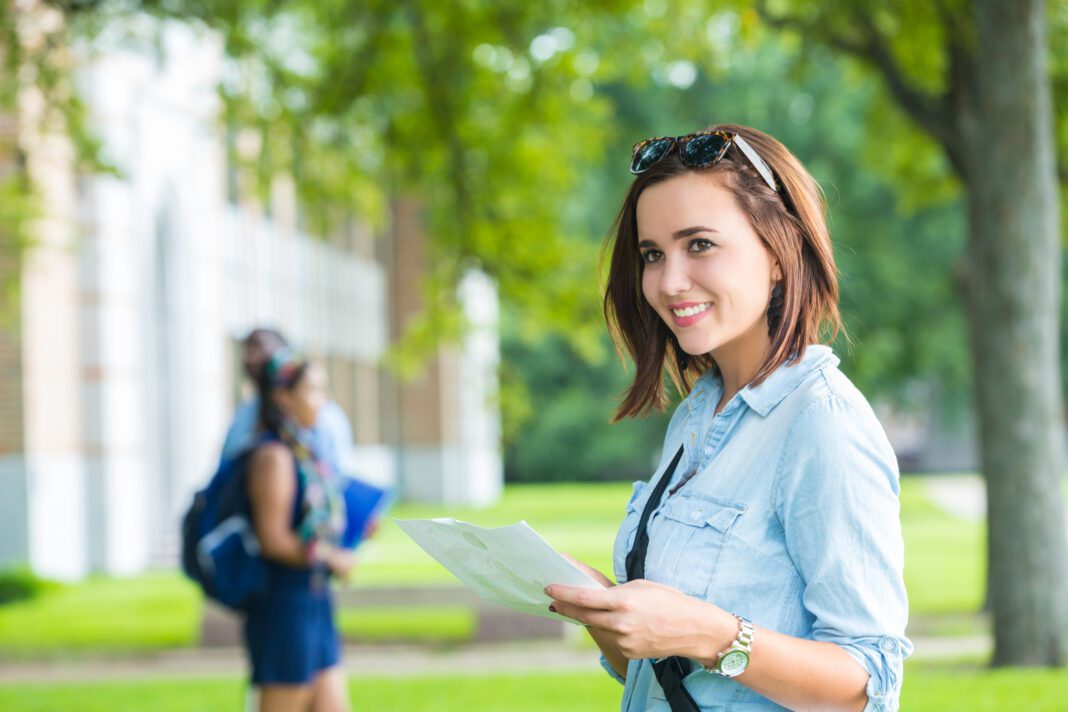How to get the most from college visits [Sponsored]
Getting accepted into college becomes a much easier process once a student clearly defines the steps for getting there. That’s where Nancy Cadwallader at Collegiate Advisory Placement Service can help. Cadwallader, who has been with the CAPS team since its founding in 1984, is adeptly skilled at identifying a student’s goals, then mapping a path for making it happen.
As a critical first step, she advises students to begin scheduling campus visits that are both meaningful and substantive beginning as early as their junior year in high school. “A full day of activities, coordinated with the help of the school, is important,” she adds. “That accomplishes two things: The student gains a better understanding of the school and the student body, and the school is made aware of who they are.”
Following are a few pointers for making the most of a campus visit:
Schedule relevant meetings
Ideally, a typical visit will allow a prospective student to audit a class, meet with a professor, tour the campus, eat in the dining hall etc. It’s all about getting a feel for the university’s academic offerings and student culture. A student should plan to spend at least an entire morning or afternoon at each school, and when possible, schedule trips to colleges in close proximity to one another. In her role, Cadwallader makes all the arrangements, while consulting with the student to determine the best use of their time. Some meetings can be scheduled online, but most will require phone calls and emails to arrange.

Do your homework
“Learn what the school has to offer before you go,” she says. “And when you meet with people, mention specific things on campus to show that you’ve done your homework. Also, take a notebook; that shows that you’re prepared and enables you to better organize information about each school.”
Go at the right time
It’s important to plan visits during the fall or spring semester when school is in session. “You don’t want to see an empty campus; that doesn’t help you,” Cadwallader says. “You need to walk around the campus and meet the students. If the students aren’t there, you’re only going to see brick and mortar.” Some schools even have designated days when students can compete for scholarships. “Sometimes they’ll pay your way if they’re seriously interested in the student,” she adds. “It’s a competitive process where you’ll meet other students and get a good feel for the school as well.”
Ask informed questions
During information sessions or meetings with faculty and advisors, be sure to ask informed, educated questions. “Raise your hand, identify yourself and start with an academic question,” she adds. “That way, they’re able to put a name together with the face.”
Perhaps most importantly, don’t go with friends
“It needs to be your trip,” Cadwallader says. “Your friends will have their own agenda, and that might keep you from accomplishing what you came to accomplish.”
Cadwallader understands that there are times when visiting a college in person is simply not possible due to cost or time constraints. In those instances, virtual visits are a good alternative option, but only as a first step. “You can use the virtual visit to narrow the list down to two or three schools for a subsequent ‘in person’ visit,” she adds.
Finding the perfect match for both the student and school requires expertise and experience, and an independent educational consultant such as CAPS can play an important role in the process. Ultimately, they’ll ensure that the student receives the support necessary for a successful outcome.












